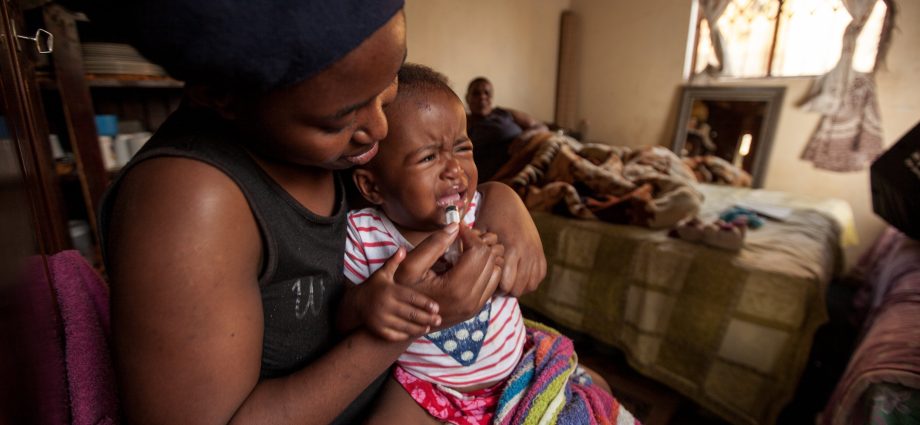Even 10 percent. children are resistant to HIV. This small group will also never develop acquired immune deficiency syndrome, or AIDS. They will not develop disease even if they do not take antiretroviral drugs. Will research on this amazing phenomenon bring scientists closer to the discovery of an effective cure for AIDS?
About 35 million people living with HIV still live in the world, and about 1,5 million die of AIDS every year. With increasing awareness and more and more effective therapy, these numbers are fortunately diminishing. Intensive antiretroviral therapy (HAART), which blocks HIV replication and is implemented early after the virus is detected, minimizes the risk of developing AIDS and makes the patient reach old age.
Unusual cases
The fact that in South Africa there are children who are immune to the development of AIDS has been revealed by chance. Scientists from Oxford studied a group of 170 HIV-infected children aged 5 and over, regularly testing their blood and virus activity. It is the routine tests that have shown that the virus does no harm to some toddlers, even though they were not receiving medication. What’s even more interesting, AIDS-resistant children owe this condition to … a poor response of their immune system.
– The path from HIV infection to the emergence of serious diseases in children is much shorter than in adults, and 60 percent. infected and untreated children usually die within 2,5 years – says Prof. Philip Goulder from Oxford in an interview with The Times.
In the study group, the toddlers not only survived for more than 5 years, their organisms also behaved as if the virus did not cause any harm to them. The HIV virus usually works in a very brutal way: it attacks selected cells (most often T cells) and, as it multiplies, kills them. This triggers an alarm in the immune system, and the defending organism, deprived of other important cells, becomes less and less resistant to further infections and diseases. Almost 90 percent in the first weeks after infection, patients experience symptoms of acute primary infection, which is characterized by fever, headaches, muscle aches and stomach discomfort. – After this time, the body somehow organizes an attack on the virus – says prof. Goulder. – Especially in adults, the immune system mobilizes all strength.
Unfortunately, the fight is pointless, but the stage of acute primary infection is followed by a phase of asymptomatic infection lasting on average 10 years in adults, when the level of HIV in the blood is reduced and the lymphocytes regenerate slightly. It is only when the patient’s viral load begins to decline that he progresses to the advanced stage of the disease, and then to AIDS.
An immune system that doesn’t fight
Antiretroviral drugs keep the levels of the virus in a state that does not completely wipe out the immune system. But what worked for African children who did not receive treatment and yet did not develop AIDS?
– Their immune system was not deceived by the virus – explains Prof. Goulder. “Under normal circumstances, a strong immune system is an asset as it helps fight infection, but for HIV it is a trap.
The virus just waits for healthy cells to enter and then tear them apart from the inside. In the case of AIDS-resistant children, it was found that their immune systems remained “calm” and did not respond to the virus with as much force as it did in other patients. As it turned out, the little ones also had a reduced level of CCR5 protein. It is found on the surface of cells into which HIV likes to penetrate the most. It can therefore be said that a small amount of CCR5 makes it difficult to attack the lymphocyte. – We already know this mechanism from HIV-resistant organisms of some species of monkeys, such as gray manga – says Prof. Goulder.
The phenomenon of partial immunity to HIV and AIDS is not the domain of African peoples, it occurs in the entire population and has developed in 10% of people. all children.










